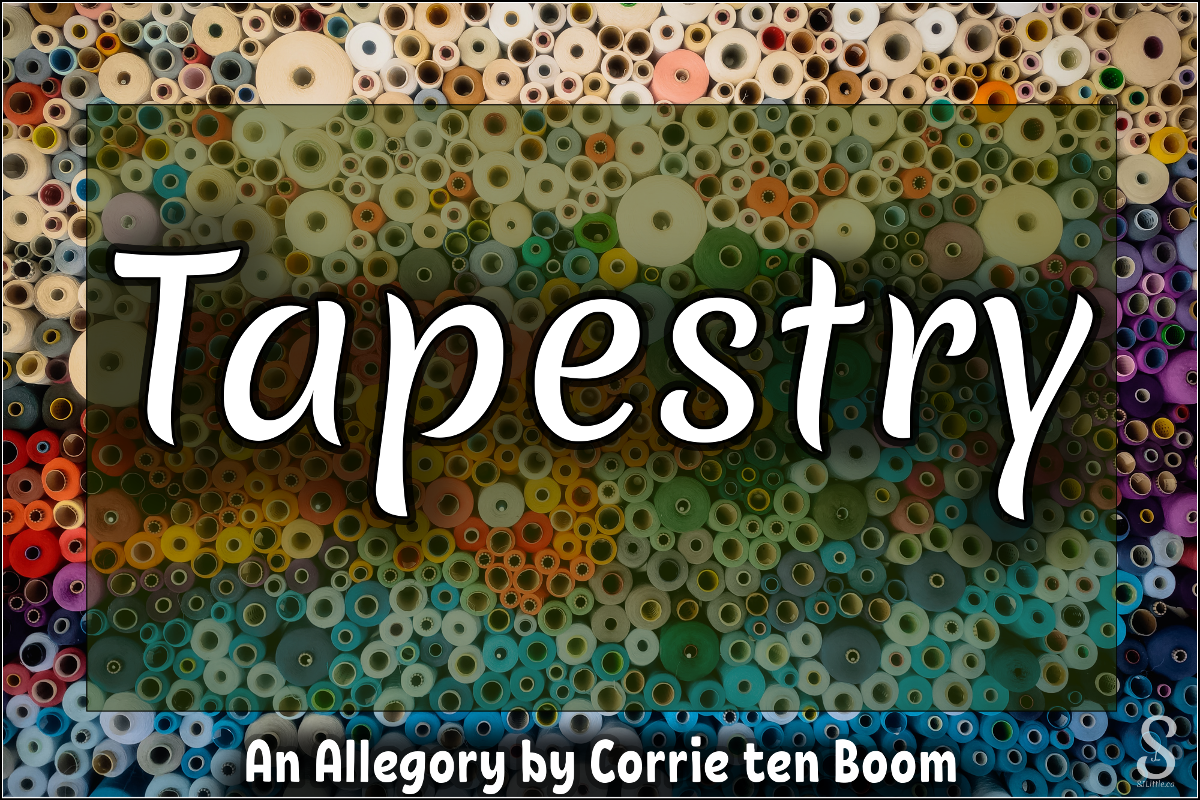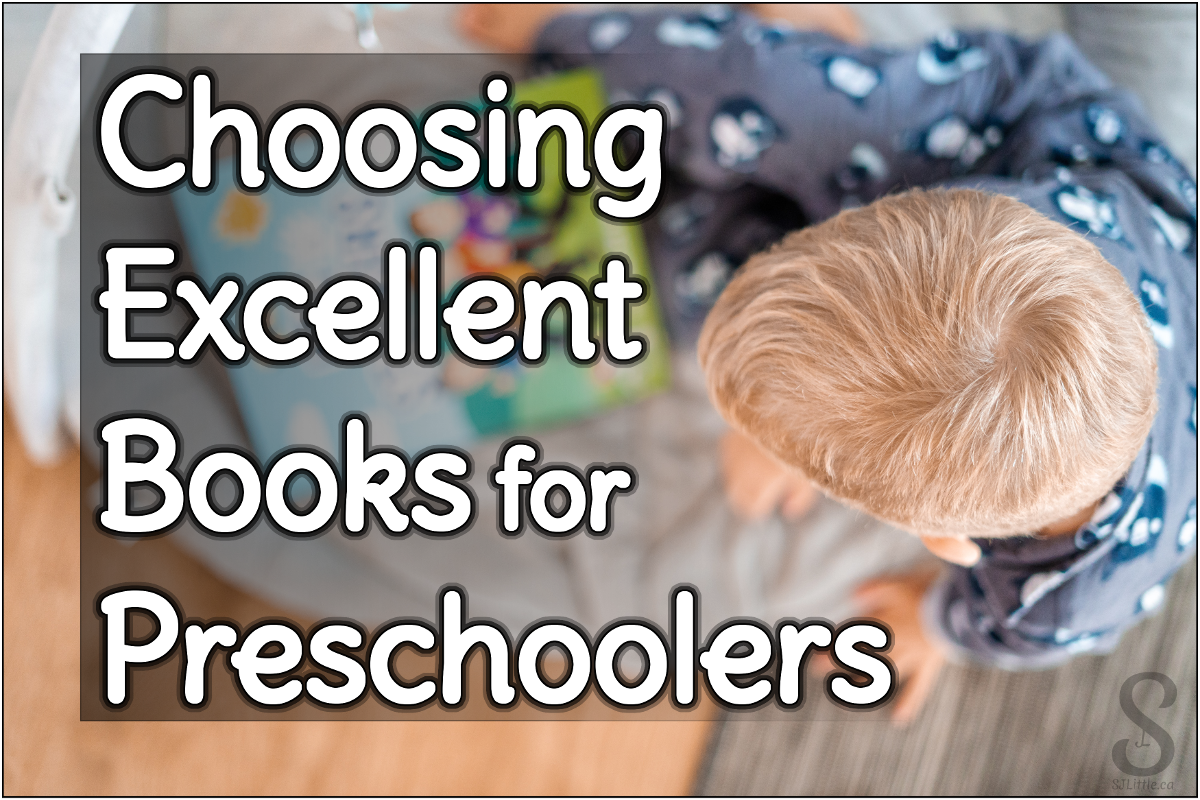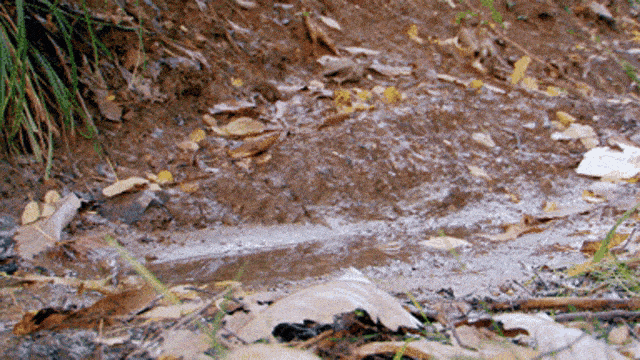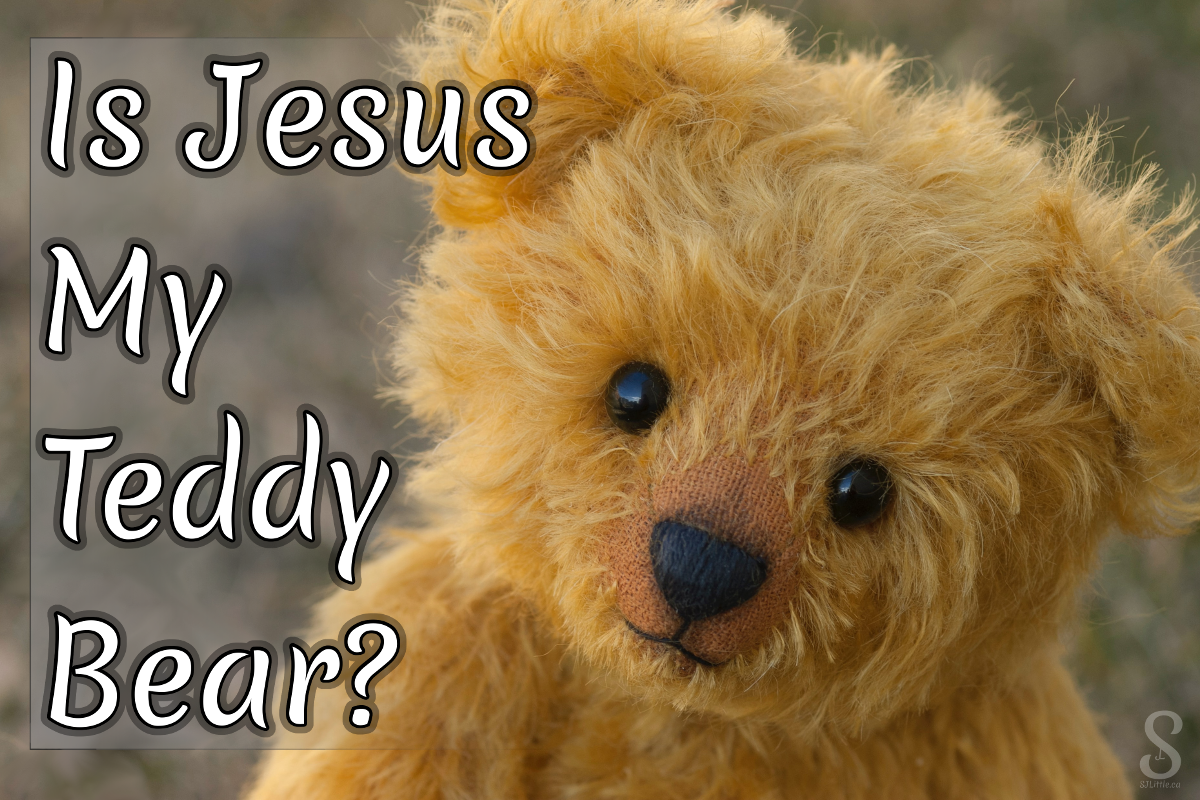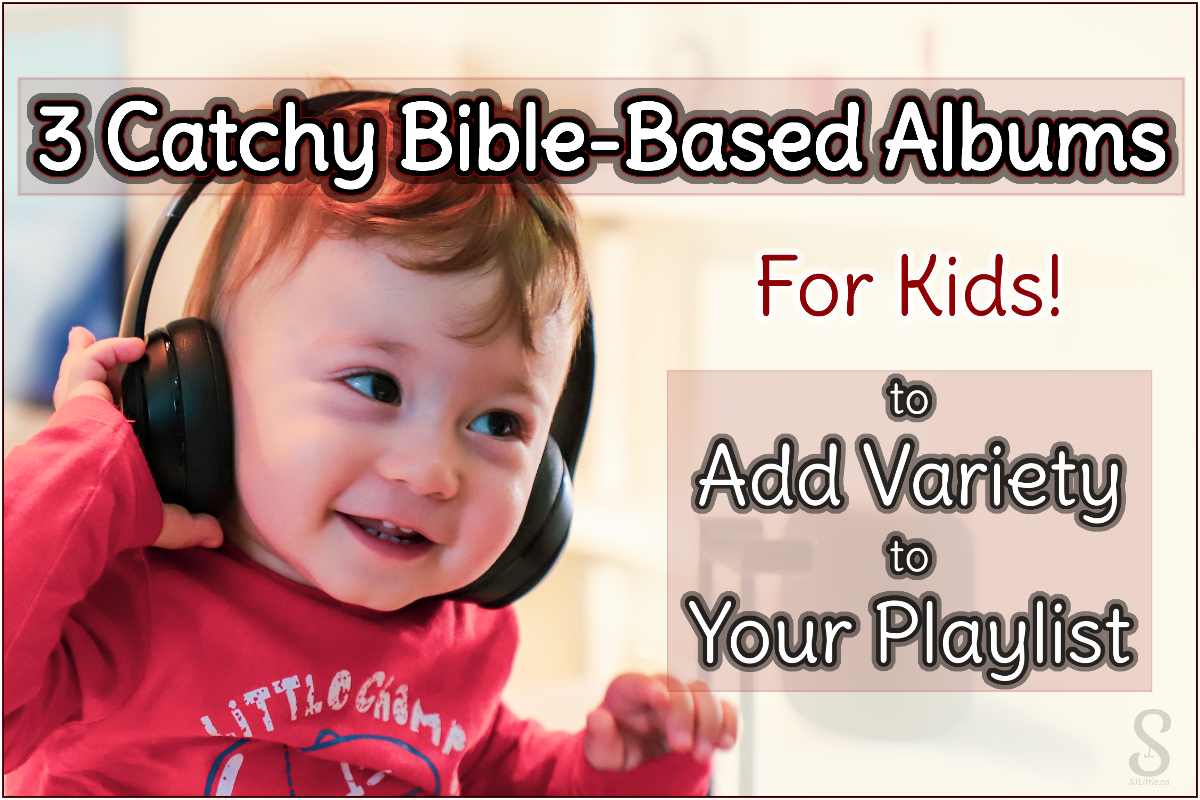
Are you feeling bored or stuck when it comes to your Christian kid’s music playlist? Then read on to discover three of my favorite Bible-based children’s albums you’ve probably never heard of. I’ve also included a list of honorable mentions you may like.
Creature Teachers – Amy Essen
If you are looking for high-quality, variety, and Bible-based kid’s music, this is definitely an album you will want to check out.
This album was released in May 2023. This highly professional album contains 14 songs each based on a different animal mentioned in the Bible. Some of the songs are closely tied to one Bible verse while others share multiple Bible stories or emphasize practical Christian principles.
I’ve been privileged to learn some of the behind the scenes stories and processes that went into this incredible album because I know Amy personally.
Each song is in a different genre including classical, celtic, folk, rap, or boogaloo jazz. In the midst of trumpets, percussion, choir, and so much more, the album carries a vibrant fun tone.
My little one and I have thoroughly been enjoying listening to these songs. I’m sure you will too.
Website:
Spotify:
https://open.spotify.com/artist/1I0CAjuTWX05yKehXE1zz7
YouTube:
Proverbs – NIV Kids Club – Stan Blair
Do you prefer word-for-word Scripture songs for your children? Then I highly recommend the NIV Kids Club Albums by Stan Blair.
Each song is catchy and simple enough to easily sing along. The songs are in a variety of genres. Some of the songs include fun explanations about the meaning of the verse. All of the songs sing a verse (or two) in the New International Version Bible translation.
I love these songs so much that I purchased all four albums before I had my own kids. They make Bible memorization effortless. When I get one of them stuck in my head (because they are very catchy), I appreciate knowing that they are words from the Bible.
Website:
YouTube:
Zone Praise – Awana
Looking for something a little more upbeat? Then this might just be the album for you. I greatly appreciate the meaningful words in these well made songs. I enjoy singing with them even if my little one isn’t around.
Have you heard of the Awana kid’s clubs? They’re a fantastic Christian kid’s group that encourage Bible memorization and well rounded child development.
Did you know they have CDs? Neither did I until a few years ago. When checking out their music, note that the level of quality, style, and target age varies greatly between albums. Some are simple albums aimed to help young children memorize Bible verses. Others, like this one, are high quality Christian kids music.
Spotify:
https://open.spotify.com/album/1LYVmucFsBb4zJiGWuNSmS
Website:
Honorable Mentions (to give you even more variety)
Steve Green Kids – Gentle high quality word-for-word Scripture songs for kids
Seeds Family Worship – Word-for-word Scripture memory songs
Go Fish – Full of energy and Biblical truths
Yancy – Original worship songs for kids
Getty Kids – Hymns chosen for kids
What’s your favorite album of Bible-based kid’s music?

